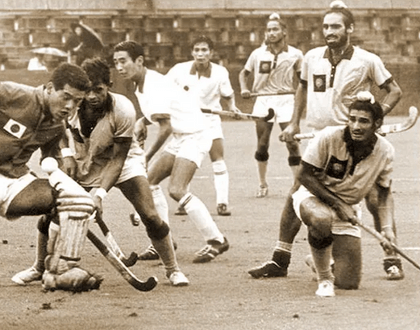In India, people are crazy about cricket and currently, the World Cup also going on so I decided to make this post. Most of the younger people started watching cricket which is our current modern cricket. They won’t even know what the older cricket was like, and neither do I. I started watching it from around 2010 -11 (yeah World Cup). Let’s see the Difference in the Old and Modern Rules of Cricket.
I tried to find as many changes as possible regarding not only the rules but also regarding the overall cricket, from the stadium, players, and shots to the effect of it. Get ready to see how cricket shaped itself from its older version to modern cricket.
Equipment Changes
In the past, cricket bats were much heavier, with thicker edges, but the Modern bats are lighter, and have a thicker sweet spot. Protective gear in the olden days was minimal, with players wearing a cap and some padding. In modern cricket, players wear helmets, chest guards, leg guards, gloves, and other protective gear to minimize injury risks.
Pitch and Ground Changes
In the old days, pitches were natural and could vary significantly in terms of their condition, making the game highly unpredictable. Modern pitches are carefully maintained, offering a more consistent bounce and aiding both batsmen and bowlers.
Old cricket grounds often had okayssh facilities for players and spectators but Modern cricket grounds are equipped with world-class services for players and fans, including floodlights for day-night matches.

Over Formats Changes
Traditional Test cricket is played over five days, with no fixed limit on the number of overs per day but as days passed, Limited-overs formats, such as ODIs and T20s, have fixed over limits which made the game shorter and more spectator-friendly.
Batting Techniques
In the past, batting techniques were more orthodox, with a greater emphasis on defense and patience, but with limited-overs cricket, players have developed more aggressive and unorthodox shot-making techniques to score quickly, including reverse sweeps, switch hits, and scoop shots.
| Suggested for You – TOP 10 BEST DUO PLAYERS IN THE HISTORY OF SPORTS
Fielding Restrictions and Fielding Positions
In Test cricket, there were no fielding restrictions, and captains could set any field they desired but in Limited-overs cricket they introduced fielding restrictions, like powerplays, which limit the number of fielders allowed outside the 30-yard circle during certain periods.
Bowling Rules
Old cricket saw underarm bowling in the earliest days, which evolved into overarm bowling and Modern rules require a bowler to have a straight-arm action. They use technology to monitor and regulate illegal bowling actions that might confer an unfair advantage to bowlers.
Spin bowling was considered a defensive art in traditional cricket, with spinners primarily tasked with containing runs but, in limited-overs cricket, spinners are often employed to take wickets and control the game. They use variations like the doosra and googly to beat the batsmen.
LBW Rules
In the past, LBW decisions were often subjective and relied heavily on the umpire’s judgment but in modern cricket, technology, such as ball-tracking, helps in making LBW decisions more accurate.
| Suggested for You – TOP 10 ICONIC MATCHES IN THE HISTORY OF CRICKET
Tiebreakers
…
— Continue Reading More Differences —
–
If you enjoy reading it, comment below and leave your suggestions and any other topics that I should write about in the comments. Don’t just read alone share it with others in this way everybody will enjoy it. I will be back soon with another game or related info. Till then…
—DHANYAVAAD—






